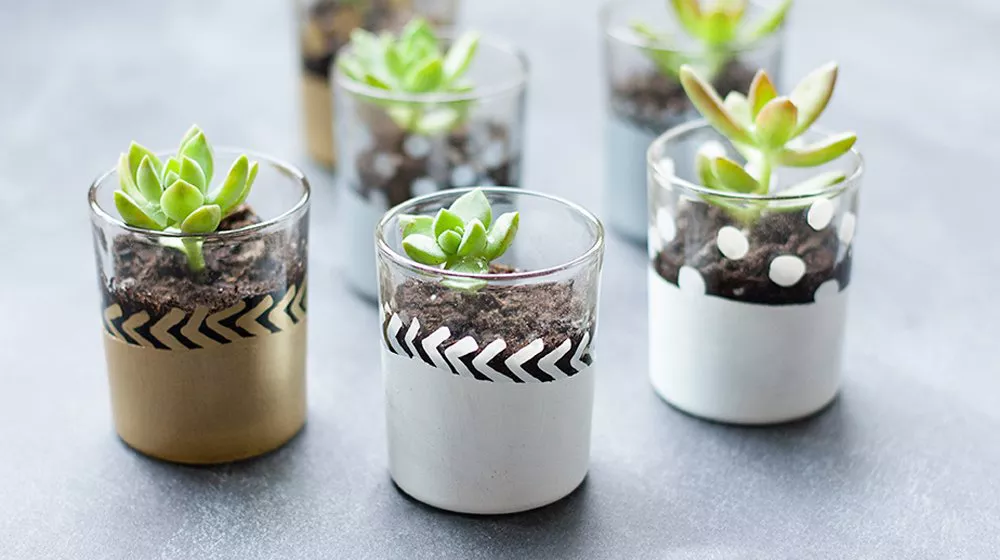Succulents have become increasingly popular as indoor and outdoor plants due to their unique beauty, resilience, and low maintenance requirements. One key aspect of keeping succulents thriving is maintaining the right soil conditions. In this comprehensive guide, we will explore the importance of succulent soil and answer the pressing question: How often should you change succulent soil?
Understanding Succulent Soil Composition
The foundation of successful succulent cultivation lies in the proper composition of the soil. Succulents, with their water-storing abilities, require well-draining soil to prevent root rot, a common issue among these plants. A high-quality succulent soil mix typically includes components like perlite, coarse sand, and well-aerated potting mix to ensure optimal drainage. Regular potting soil, heavy with organic matter, can hinder the health of succulents by trapping excess moisture.
The Role of Watering in Succulent Soil Maintenance
Watering habits play a crucial role in determining how often succulent soil should be changed. Succulents are adapted to survive in arid conditions, and overwatering is a common mistake that can lead to soil deterioration. When succulent soil retains moisture for extended periods, it becomes compacted and loses its ability to provide adequate aeration to the roots. Monitoring and adjusting your watering routine is essential for preventing soil-related issues and ensuring the longevity of your succulents.
Signs That Succulent Soil Needs Changing
Recognizing the signs of soil distress is fundamental in determining when it’s time to change succulent soil. Keep a close eye on your plants for symptoms such as wilting, yellowing leaves, or an unpleasant odor emanating from the soil. These indicators often suggest that the soil has become depleted of nutrients or is unable to maintain proper drainage. Regularly inspecting the soil surface for crustiness or a hardened texture can also be an early warning sign that a soil change is imminent.
See Also: How to get rid of succulent gnats?
Seasonal Considerations for Succulent Soil Changes
Succulent care is not a one-size-fits-all approach, and considering the seasons is crucial when deciding how often to change the soil. During the growing season, typically spring and summer, succulents are more active and may require more frequent soil changes. This is because they are actively absorbing nutrients and water during this period. Conversely, in the dormant season, which is typically fall and winter, succulents experience slower growth, and the soil may not need to be changed as frequently.
Choosing the Right Time to Repot Succulents
Repotting is an integral part of succulent care and often involves changing the soil. While there is no strict timeline for repotting, certain conditions and indicators can help determine when it’s the right time. When succulents outgrow their current containers or display signs of being root-bound, it’s an opportune moment to refresh the soil. Additionally, after purchasing new succulents, it is advisable to repot them to ensure they are in a suitable, well-draining soil mix.
Step-by-Step Guide to Changing Succulent Soil
Changing succulent soil might seem like a daunting task, but with the right approach, it can be a straightforward process. Begin by selecting a well-draining soil mix suitable for succulents, ensuring it contains the necessary components like perlite and coarse sand. Gently remove the succulent from its current container, shaking off the old soil and inspecting the roots for any signs of disease or rot. Place the succulent in the new soil mix, making sure the roots are spread out evenly, and water sparingly in the following days to allow the plant to acclimate.
Common Mistakes to Avoid During Succulent Soil Changes
While changing succulent soil is a beneficial practice, certain common mistakes should be avoided to ensure the health and well-being of your plants. One such mistake is using standard potting soil that retains too much moisture, leading to root rot. Another error is repotting during the dormant season when succulents are not actively growing, which can cause unnecessary stress to the plants. It’s important to strike a balance and be mindful of the specific needs of succulents during the soil-changing process.
Advanced Soil Amendments for Succulents
For succulent enthusiasts looking to take their soil game to the next level, advanced soil amendments can provide additional benefits. Incorporating materials like pumice, coconut coir, or specialized succulent fertilizers can enhance the overall structure and nutrient content of the soil. These amendments not only improve drainage but also contribute essential elements for succulent growth. Experimenting with different amendments can be a rewarding endeavor for those seeking to optimize their succulent soil.
Conclusion
In conclusion, the key to thriving succulents lies in maintaining well-draining soil that mimics their natural habitat. Understanding the composition of succulent soil, monitoring watering habits, and recognizing signs of soil distress are essential aspects of successful cultivation. The frequency of changing succulent soil depends on various factors, including the season, signs of distress, and the individual needs of each plant. By following a systematic approach to soil changes and avoiding common mistakes, succulent enthusiasts can ensure the long-term health and vibrancy of their beloved plants.


